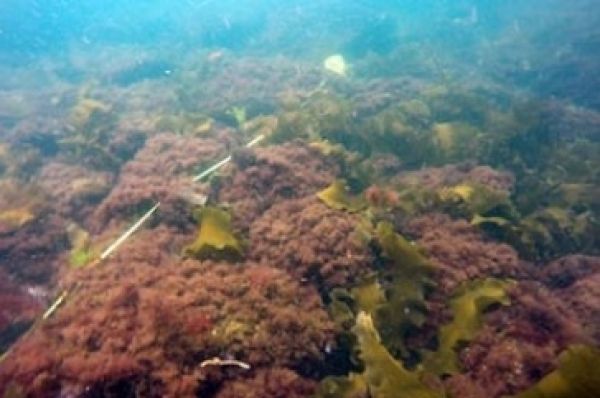The effects of climate change are becoming more apparent, from the rapidly warming Gulf of Maine, to more frequent and severe storms and the increase of invasive turf seaweed. Researchers at the University of New Hampshire have found that these environmental developments are contributing to the transformation of the seafloor to a lower, more patchy seascape dominated by shrub-like seaweed which could impact species habitats and the structure of the food web.
“These shifts in nature have created a perfect breeding ground for much bushier, or turf, seaweed to take root,” says Jennifer Dijkstra, research assistant professor in UNH’s Center for Coastal and Ocean Mapping. “Our earlier research showed a clear increase in invasive seaweed in areas once dominated by tall blades of kelp, that are important in the protection of sea life, but this new research showed us just how widespread this shift is and the effects the turf seaweed could potentially have on the ecosystem.”
In their research, recently published in the Journal Ecosphere, the researchers used high-resolution underwater video of the seafloor taken by moving back and forth in a “lawnmower” pattern. The footage of various seafloor habitats, collected from over 100 square miles, was transformed into photomosaics to generate a spatial seascape map. In the imaging they identified over 23 different types of seaweed, breaking it down to areas dominated by turf, kelp or mixed seaweed. Overall, the lower-lying turf seaweed made up a significantly larger amount of the seascape.
Continue reading at University of New Hampshire
Image via University of New Hampshire


